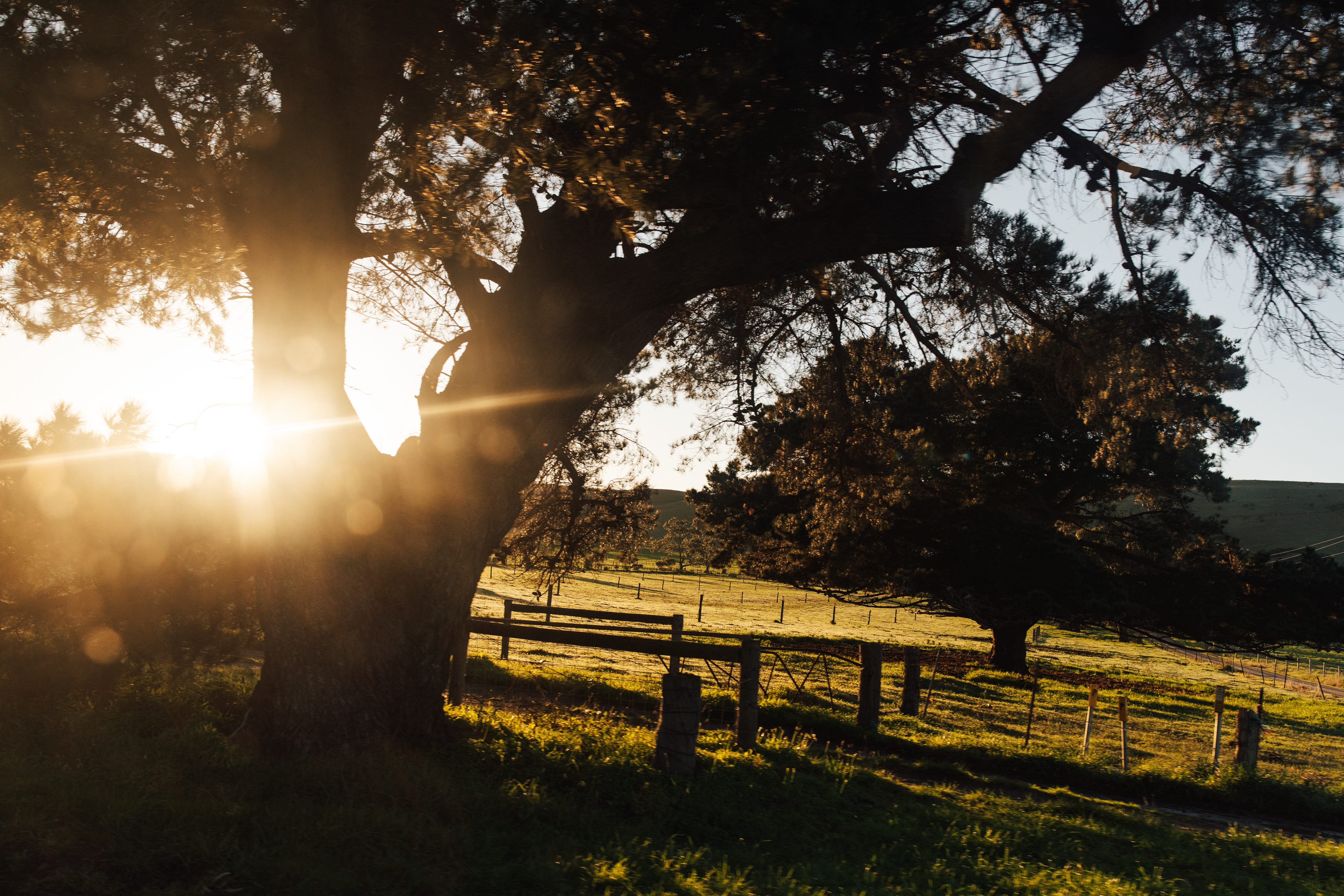
Export insights as Livestock SA Board member tours OS markets
Export markets continue to play a vital part in ensuring a strong and profitable sheep and lamb sector in Australia. In 2016 Australia exported 56 per cent of our total lamb production and 95pc of our mutton, so protecting these overseas markets is vitally important.
As part of an Australian delegation instigated by the Sheepmeat Council of Australia, with support from Australian Livestock Exporters’ Council and MLA, I recently travelled to several key export regions for the Australian lamb industry. The delegates firstly visited the United States to build relationships with US sheep ranchers, followed by negotiations in Britain and Europe to discuss trade opportunities post Brexit. The trip also included a visit to Dubai, Bahrain and Oman in the Middle East.
The US is our most valuable market worth more than $650 million annually, with the Middle East being our largest market by volume. While Australian trade to the EU and Britain is currently restricted to 19,000 tonnes it remains a market with huge potential, particularly in the wake of Brexit.
The US also has huge potential as an export market, with the average American currently only eating about 400 grams of lamb a year. Many Americans have never eaten lamb. For lamb consumption to rise it is important to have year-round supply on the supermarket shelf. So, there is a fantastic opportunity for Australian and New Zealand lamb to be able to compliment US supply and ensure quality lamb is available year-round.
The trip to the US was part of the Tri-Lamb agreement, with two Young Sheepmeat Industry Ambassadors, James Corcoran and Ben Munzberg, also joining delegates. James and Ben really impressed on this trip, and were able to extend their networks and knowledge of the US and NZ lamb industry.
The Britain and EU leg of the trip concluded with a barbecue in Brussels for the Members of the European Parliament, with Australian Ministers Mathias Cormann and Barnaby Joyce in attendance, along with MLA’s larger than life resident chef, Sam Burke.
The study tour concluded with the delegation looking at the sheep industry in general in the Middle East. I was very impressed with the facilities that I saw there and how well local people understood the importance of the Australian industry and the importance of welfare and hygiene. The knowledge of the locals for the ESCAS program was very, very good. They’re all well aware that leakage from the ESCAS program is not tolerated in Australia, which has been really encouraging, from my point of view.
Certainly, in the Middle East chilled lamb products complement the frozen product, which in turn complements the live product and vice versa. There continues to be a demand for live product but this may change over time as confidence grows in Australia’s chilled and frozen products, and they develop the infrastructure to handle these products.
Australian producers can be very proud of the work which is being done in the Middle East by MLA, our meat processors and the people working in live exports.
While there are other countries exporting to the Middle East, we do have an edge as our animal welfare credentials are superior and we have superior product, meat and animals. Our environmental stewardship back home is also well appreciated by local consumers.
It was a whirlwind tour but I learnt a lot, it was a real eye opener to three very different export markets. In particular, it really highlighted just how well the Australian sheep and lamb industry operates with everyone in the supply chain working together to grow our industry, from our genetics, through to producers, finishers and processors.
– ALLAN PIGGOTT, Board Member, Livestock SA